Meditation Or Yoga First
Meditation or Yoga.: Learn which thing you should do first.

Selfpause Affirmation App
Download the app to get 1,000’s of affirmation meditations and everything you need to write, record and listen to your own.
Meditation is an important part of yoga. It is a practice of breathing and related physical postures. Meditation techniques have been studied for their mind-body benefits. As a result, yoga has a number of built-in meditation techniques. One of these is the focus on being present on the mat. You can turn yoga into a form of moving meditation by focusing on every muscle firing and movement sensation.
The ideal time to meditate

Meditation is a great way to calm your mind and improve your health. There are many different ways to meditate, and the amount of time you practice depends on your lifestyle and your commitment. While some say the ideal time is in the morning, it’s really up to you. The most important thing is to develop a practice that suits your lifestyle and your needs.
You can start with short meditation sessions and work your way up to longer sessions. You can also use your commute as an opportunity to do a little meditation. For example, if you commute to work by public transportation, you can take the time to meditate before you leave. In addition, if you are a night owl, you might be more comfortable meditating in the evening. You’ll be more focused and relaxed during this time, which may be the best time for you to begin your practice.
If you’re looking to expand your awareness and experience a more spiritual dimension, the best time to practice meditation or yoga is two hours before sunrise. This is the Brahmamuhurta time, according to Hindu tradition. This time is also referred to as the “ambrosial hours.” It is when the sun is at a sixty-degree angle to the Earth.
Another time to meditate is after exercise. Exercise helps release tension from the day, making it easier to achieve a meditative state. The endorphins released during exercise also create a positive mindset and help you focus.
Ways to meditate
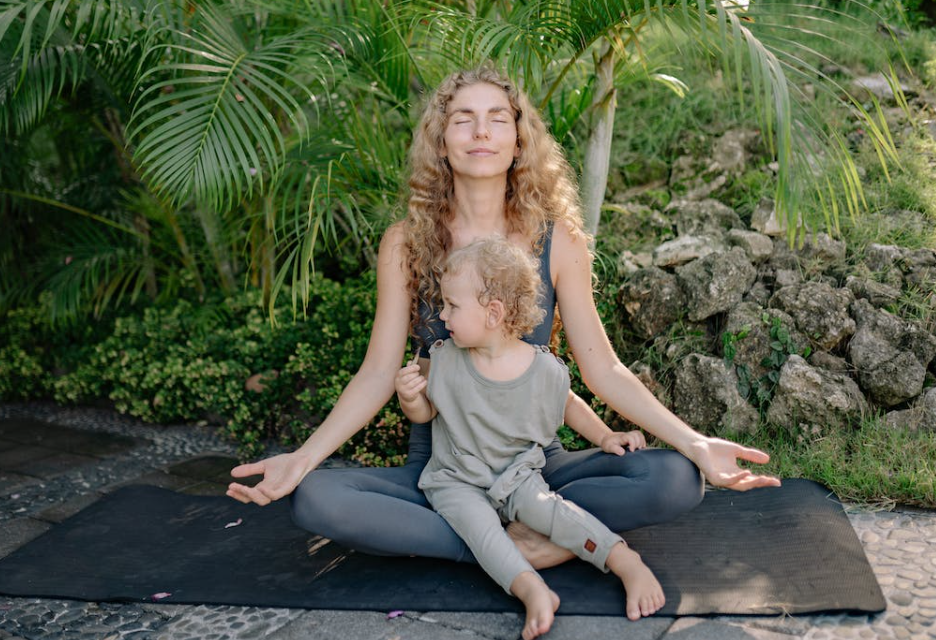
Meditation is a practice where you focus on the present moment. By practicing this practice, you can clear negative thoughts and emotional baggage, and maintain a calm, balanced perspective. It will also increase your energy and focus, which will help you better engage with coworkers and your daily life. Meditation is also an excellent tool for stress reduction and increased self-awareness.
The first steps of meditation include slowing down and focusing on your breathing. Initially, you may experience feelings of restlessness and anxiety, but these will subside with practice. You can start with just a few minutes a day, gradually adding time to your practice as you get more comfortable with it.
A beginner should choose a quiet place and set aside a few minutes to meditate or practice yoga. It is best to choose a time of day where there are no interruptions. Beginners can start with short meditation sessions before or after a physical yoga practice. They can start by focusing on a simple object or the rhythm of their yoga breathing. After a few minutes, they can gradually increase their practice time by one minute.
Although the best time for meditation and yoga depends on individual preference, meditation is recommended in the morning before you begin your day. It will help you start your day with a calm, focused attitude.
Benefits of meditating before yoga
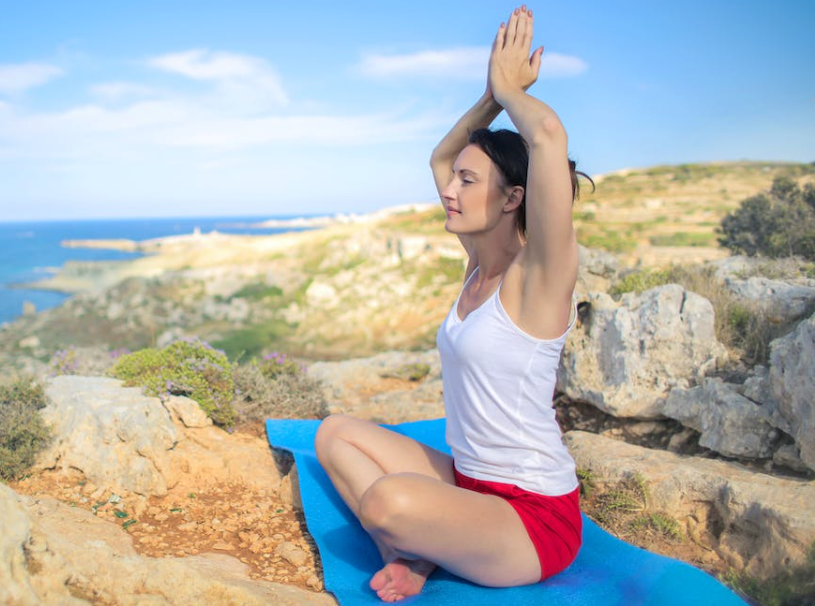
Meditating before yoga is beneficial for your body and mind. It can reduce stress and increase happiness by clearing your mind and letting go of thoughts that don’t serve you. It can also bolster your immune system and reduce physical pain. It’s an easy and natural way to improve your mental health.
When you meditate, try to focus on your breathing. Close one nostril with your finger and breathe in and out through the other. Repeat this several times. This practice can help you focus on your diaphragm and open your chest. It also allows you to be more aware of your body’s needs.
Before performing physical yoga, many teachers begin with a meditation session. A five-minute session prior to physical yoga can offer a few benefits. It will help you concentrate on the poses and challenge your mind to become still. It can also reduce cortisol levels. When done regularly, meditating before yoga can also help you avoid injuries.
The ideal timing for yoga and meditation will depend on your goals and your yoga routine. Many people practice yoga in order to make their meditation sessions more effective. For example, you might practice breathing yoga before meditation in order to improve the quality of your meditation. By doing so, you’ll help your body release stress and energy, which is vital to being able to focus during a meditation session.
Observing the breath
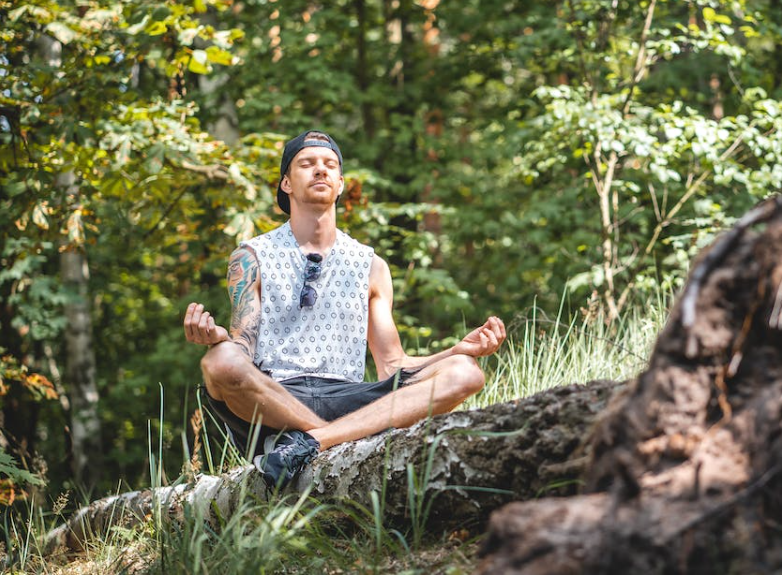
The practice of observing the breath is an important part of mindfulness meditation. It is called vipassana, which means “clear seeing.” By focusing on the breath, the mind is fixed on one point of concentration. This prevents distractions and helps the body relax. Distractions can increase heart rates and cause stress and anxiety.
In addition, regular attention to the breath can prevent overheating and breakdown. Observing the breath before meditation or yoga can help you feel more peaceful and relaxed. As your practice becomes more regular, it will become easier to focus on your breath. The practice of meditation or yoga requires that you sit silently in silence for about five to seven minutes.
Observing the breath is a simple and natural way to increase your awareness of the present moment. By focusing on your breath before your meditation or yoga session, you’ll gain insight into your mood, energy, and past practice. This is a great way to improve your practice and make it more enjoyable.
The practice of breathing meditation has numerous health benefits. Research shows that it contributes to improved cognitive performance and increases physiological reserve. It may also have a beneficial impact on the immune system. Studies suggest that yogic breathing can also reduce blood pressure. Additionally, the intentional rhythmic breathing used in yogic practice can reduce overall cognitive workload. This can help people achieve optimal performance and be more effective in their daily lives.
Mantras
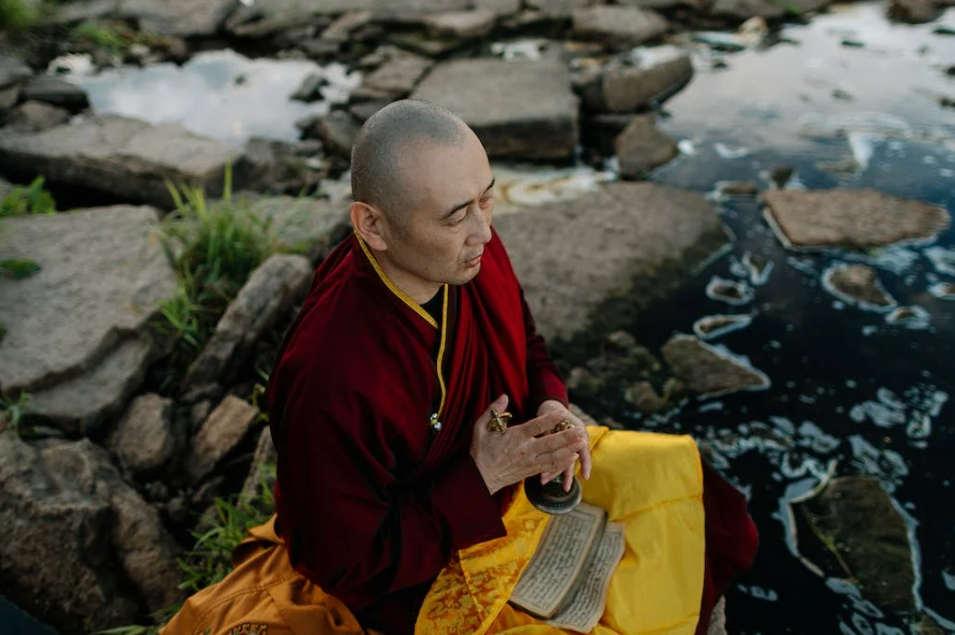
Chanting is a powerful technique for calming the mind and triggering the relaxation response. It also slows down the brain, which helps you be more present in the moment. It is a good practice to do before starting your day and after a long day. It can also help with anxiety.
Choose a mantra that you enjoy. It can be a single word or phrase. It should be simple and engaging. It should also engage the heart. It is also important to choose a mantra that is uplifting and engages your attention without stirring up your mind. It is also important to focus on the breath, so you can get the most benefit out of your meditation.
Once you’ve chosen a mantra, you should perform the appropriate chanting technique. This should include the correct pronunciation and the meter. The meter is a method of pronunciation, rhythm, and recitation. Each mantra is attributed to a particular deity, so chanting it correctly can bring the deity’s qualities into your life.
You can chant the mantra every day or as a ritual. It can calm the mind, energize you, and clear your mind. However, do not chant the mantra too fast or too slowly. Too fast or slow will cause your mind to wander.
Trikonasana pose after meditating
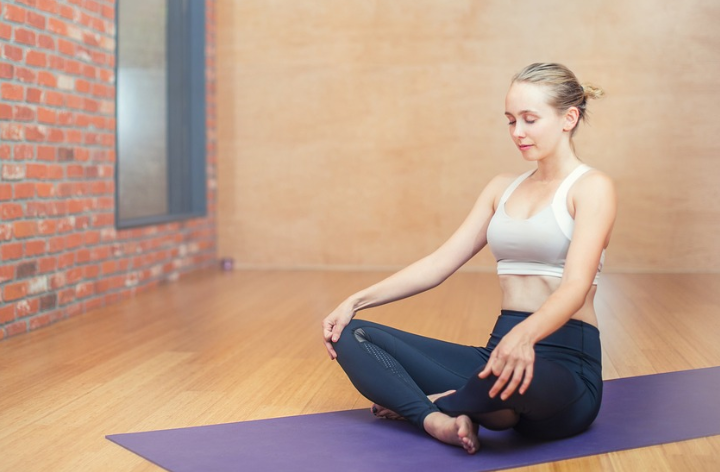
During the Trikonasana pose, the body’s center is engaged and the torso lengthens. You should have a stretch of the right quadriceps. Then, you can extend the right leg from the ankle to the groin. Your left arm should be straight up. You may alternate sides.
Inhale and raise your torso while stretching the front side of the body. Then, lift the back and sides of the body. You may also place your bottom hand on a block or wall to improve stability. The more flexible students can also align their front heel with the back foot arch. They may also extend their top arm over their ears.
After meditation or yoga, it is recommended that you repeat Trikonasana. This pose helps you reset your body and allows you to practice yoga in a deeper and more relaxed state. It is also beneficial for neck and shoulder issues. It is best to practice Trikonasana at least three times per week.
Trikonasana is also an excellent hamstring stretch. When transitioning from the Extended Side Angle, you may want to bend your knees before moving to Trikonasana. This will make your hip joint more flexible and easier to reach. Also, you can use a little bit of anterior hip tilt to lengthen the side body.
Our Top FAQ's
The benefits of practicing meditation or yoga first may include improved mental clarity and focus, reduced stress and anxiety, and increased feelings of calm and relaxation.
Some specific situations or conditions where one might consider practicing meditation or yoga first include before starting a busy day or before engaging in a challenging or stressful activity.
Potential drawbacks to practicing meditation or yoga first could include difficulty with concentration or mindfulness, or feeling overwhelmed by the practice.
Practicing meditation or yoga first can be combined with other forms of exercise or wellness practices, such as cardiovascular exercise or strength training, for a well-rounded approach to health and wellness.
Some specific techniques or approaches to meditation or yoga that may be well-suited for use as a first practice in a daily routine include mindfulness meditation, deep breathing exercises, and gentle stretching or strengthening poses. It is always a good idea to consult with a qualified instructor or therapist to determine the best practices for your individual needs and goals.
